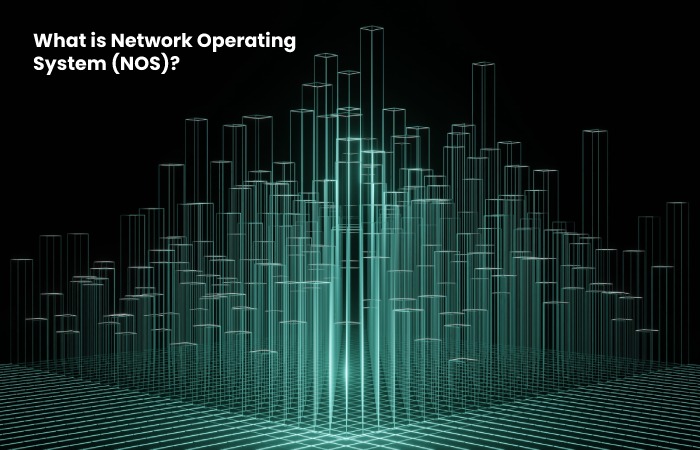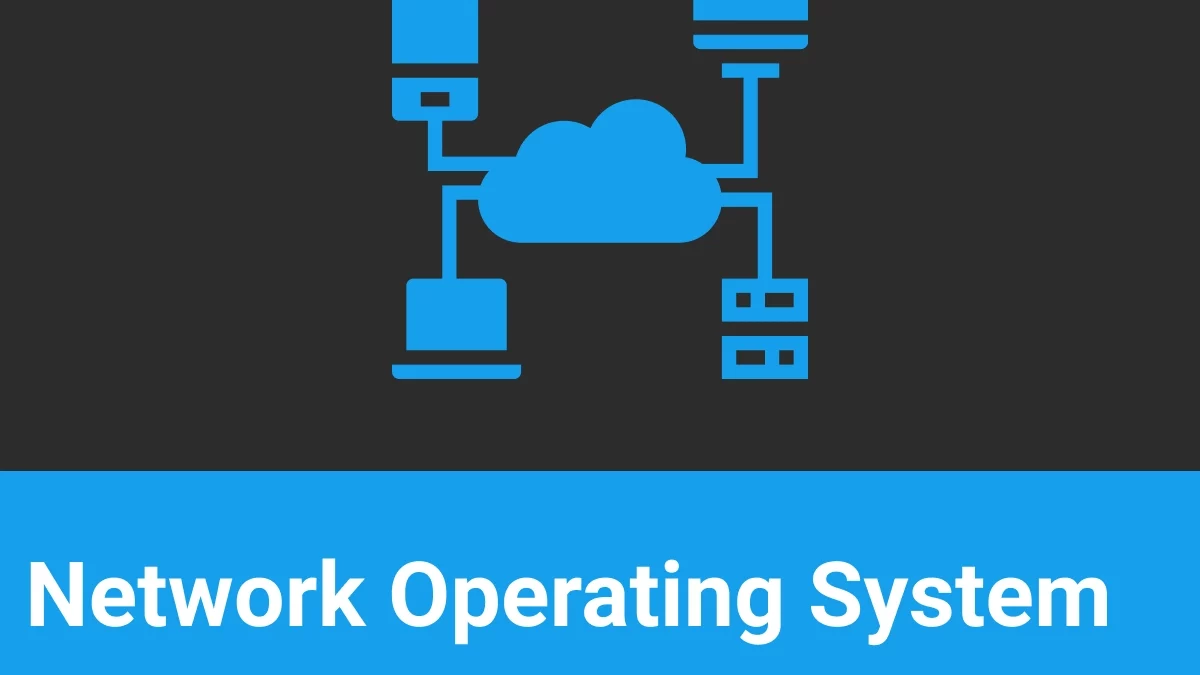A network operating system is calculated to support workstations, database sharing, application sharing, and file and printer access sharing between multiple computers on a network. Popular network operating systems include Microsoft Windows Server 2003, Microsoft Windows Server 2008, Linux, and Mac OS X. Some standalone operating systems, such as Microsoft Windows NT and Digital’s OpenVMS.

Explains Network Operating System (NOS)
The main characteristics of network operating systems are:
- The base operating system supports protocol support, processor support, hardware detection, and multiprocessing support for applications
- Security features like authentication, restrictions, permissions, and access control
- Elements for Files, Web Services, Printing, and Replication
- Managing directory and name services
- User management functions as well as provisions for remote access and system management
- Internetworking features like routing and WAN ports
- Clustering capabilities
- The network operating system is one of the many types of software that we can find. It would be the equivalent of our computer’s operating system but, as we say, for a network.
- In this way, the access and the use of the various resources that each network comprises are made possible, taking into account their software and hardware elements (equipment or peripheral elements), the users themselves, databases, and even information security.
Characteristics of Network Operating System (NOS)
Generally, a network operating system meets the following characteristics:
- It provides a comfortable interface that facilitates the management of network resources and parameters.
- It allows centralized management of users that are part of the same network.
- Connects resources using a wired or wireless (network) connection. The related items are not necessarily computers. Can also integrate Phones and other compatible peripherals
- Provides security to users by controlling access to resources and data. Likewise, network operating systems offer a series of security controls such as passwords, fingerprint reader systems, etc.
- It facilitates the monitoring of the activity carried out through the network.
- Coordinates the different functions of the connection network (also considering those of the team itself).
- It allows sharing of the resources of a computer with other members of the network. Thus, it is possible to grant storage or other functions to the rest of the computers connect to the network through the main computer.
Components Network Operating System (NOS)
The environment of any network operating system is made up of a series of essential components that allow its operation. Here are what they are:
Customers Network Operating System (NOS)
It refers to computers with a single-user operating system that has access to connect to a server. Thus, clients are the equipment used to use the different resources.
Servers Network Operating System (NOS)
The servers are nothing more than the computers that host the network operating system and allow its administration. The servers have all the necessary resources to manage and share the NOS with other clients and even with other servers.
Domains Network Operating System (NOS)
The domain is the term used to refer to the management of the different devices connected to the same network and which, at the same time, are validate to be manage centrally (from the same central computer).
Types of Network Operating System (NOS)
All network operating systems can be classified in different ways. Because of the number of programs they can run, because of the permissions they are capable of granting to users, etc. But, it is more common to classify NOS according to the base operating system.
According to the Network Operating System (NOS)
All NOS can be divide into types, depending on the developer of the operating system. Each company offers specific features and a greater or lesser degree of interoperability with Network Operating Systems from other companies. Thus, the types of NOS are:
- Windows-based: Those of this type develop for Microsoft environments are characterize by offering their users good interoperability with other sorts of NOS. In addition to various services such as the administration of printing equipment, messaging, establishing domains, and security protocols.
- Based on Apple: As with the Windows NOS, the software develop by Apple offers a good number of services, although its interoperability in mixed networks may be somewhat more limited.
- Based on UNIX: Here come the different software developed for Linux, especially for Ubuntu and Debian distributions. They offer a free software development ecosystem. They also allow a good number of services for both servers and clients. However, one of their main disadvantages is that they lack graphic environments.
- Netware: Developed by Novell, its main advantage is that it maintains good access to file databases, offering security and stability. But, it lacks interoperability with other NOS.
According To Its Architecture
They can be exemplified by network architectures that Network Operating Systems establish. Thus, the most common forms in which network operating systems create
Point-to-Point Network Operating Systems
All connected computers are treat under the same hierarchy (clients/clients). Specific resources, services, and processes are shared simultaneously and share common access to file storage.
Client/Server Network Operating Systems
In this type of architecture, all users within the network pass through a server. Network Operating System alone or together with the NOS of each team, configure and prioritize the needs and access to the network. In this way, it is possible to establish domains.
Also Read: How To Analyze And Increase The Customer Lifetime Value?


